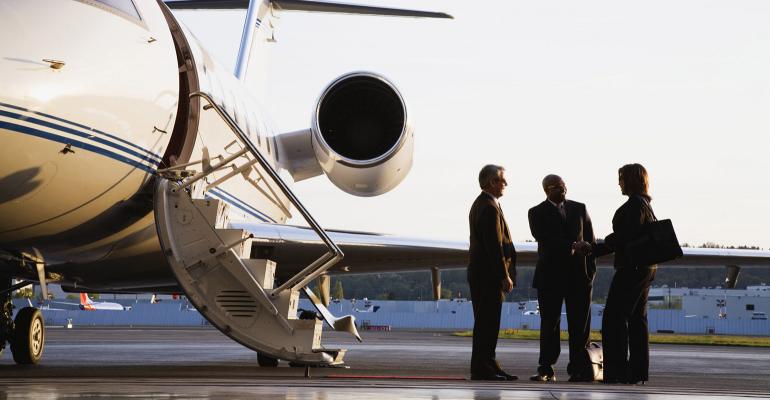When it comes to buying a business aircraft, cash remains king. With interest rates still low, cash is not earning much sitting in checking or savings accounts.
“We’re waiting for interest rates to rise to a more meaningful level,” Michael Francis, vice president of sales with CIT Business Aircraft Finance, told attendees of the National Business Aviation Association Regional Forum in West Palm Beach, Florida. Then, buyers can leverage their aircraft and keep their cash for other investments, Francis said.
About 60 percent of transactions in the U.S. are cash transactions, he said, while the rest are financed. That ratio won’t change much until interest rates start to increase, he said.
In the meantime, aircraft values remain volatile. A lot of pre-owned aircraft inventory is still available.
“It’s a buyer’s market,” Francis said. Financing for older and smaller aircraft is challenging, but not impossible, he said.
Costs to finance a $2 million aircraft are the same as financing a $50 million deal, he said. So there is more incentive for lenders to do the larger transactions.
Borrowers can turn to four types of lenders for aircraft purchases: private banks, transaction-oriented banks, non-bank lenders and finance brokers, Francis said.
Aircraft buyers can turn to private banks where they already have relationships, he said, and where interest rates are typically the lowest. “That is a good place to start,” Francis said.
Transaction-oriented banks also loan money for aircraft. Buyers may pay a little more, but they may be more creative on a deal, Francis said.
Non-bank lenders offer highly structured financing. They are often the most expensive option. Non-bank lenders are most active outside the U.S., but that is starting to grow, Francis said. Finance brokers partner with a number of financing sources. They may charge a fee or receive compensation from the lender. And they can help a buyer find the best deal, he said. “They are good for first-time buyers who don’t really know the airplane lending space.”
Most aircraft loans are for five years, although 7- to 10-year loans are not uncommon, he said. But those loans are more expensive.
Basel III, a comprehensive set of banking reform measures that provides a regulatory framework for bank capital adequacy, stress testing and market liquidity risk, was fully implemented a year ago and may impact borrowers, Francis said. The result may lead to small banks exiting the market or merging with others, he said.
Before selecting a lender, Francis advises borrowers to ask a potential lender questions about the typical customer profile, typical products, typical aircraft types in the portfolio and the number of transactions made in the previous year. That will prevent applying for a loan with the wrong lender. “Financing an airplane isn’t like financing real estate,” he said.
He advises borrowers to line up insurance early in the process. It often is the last deal to get done, Francis said. “I’ve seen a number of deals get held up because insurance was not in place. Start early.”
It will take 4-6 weeks to close a transaction, but hiring the right team of attorneys, brokers and consultants will help the process.
The original version of this article appeared in The Weekly of Business Aviation.





